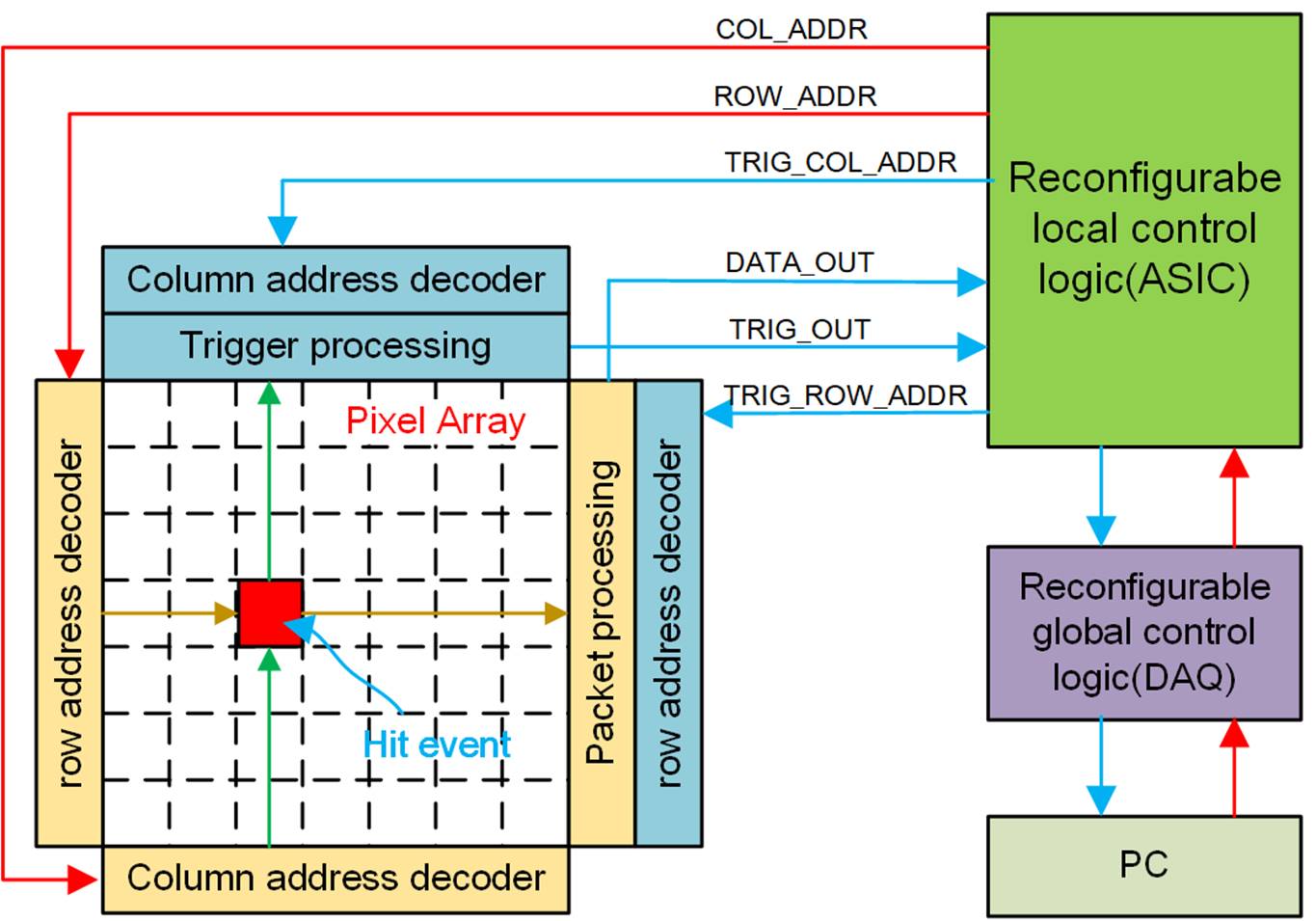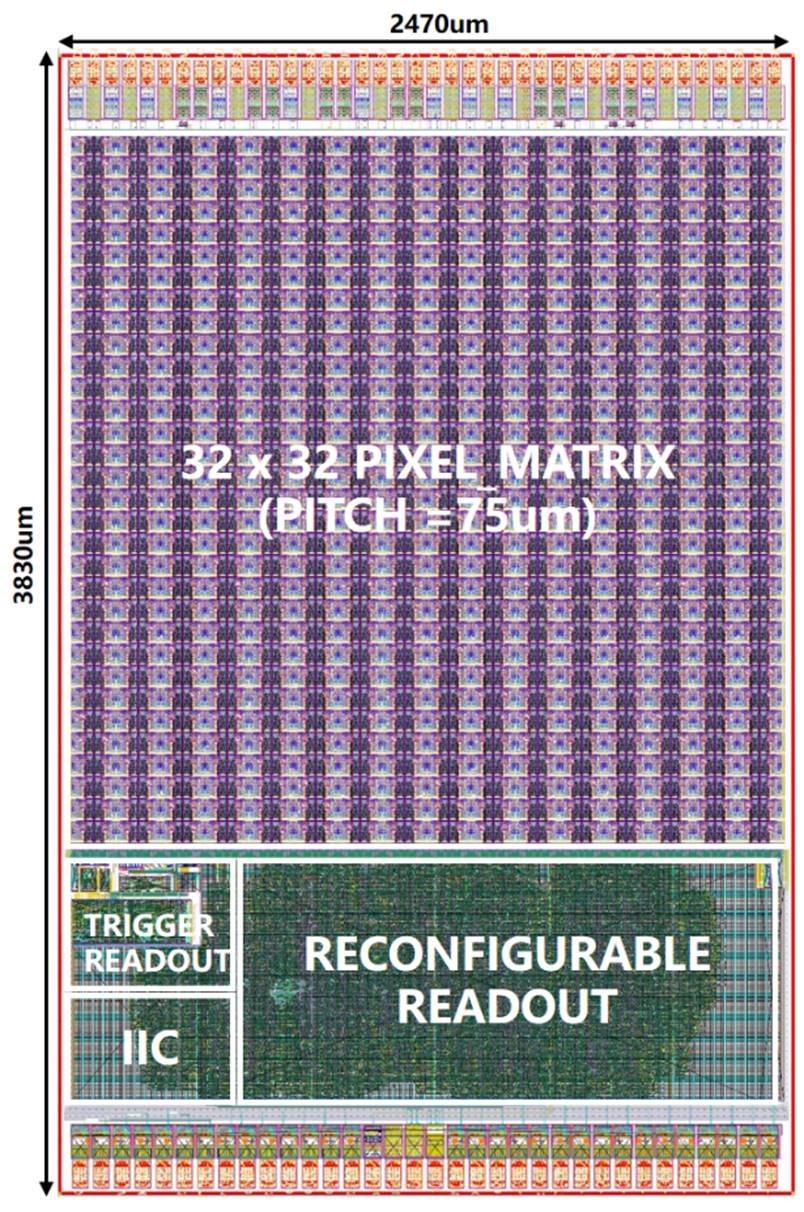Hybrid pixel detectors with a dynamically selectable readout mode is highly desirable for X-ray imaging application. The concept of a pixel detector system that can switch readout mode under different conditions is demanded to realize fast and versatile imaging. In traditional pixel detectors, a static pipeline readout method is adopted in which the information usually flows in one direction. Once operating, the controlling parameters of the detector and its readout electronics cannot be changed. However, in future complex scientific applications, operating conditions of detectors, data acquisition methods and the workload are changed dynamically according to the specific applications. Therefore, a more efficient data readout strategy is required. These operations can save the energy consumption and bandwidth of the system by reducing the amount of external data. The readout chip must have the function of converting the readout mode. It is necessary to adopt adaptive feedback and control in the detector readout and data acquisition system to realize a reconfigurable readout scheme.

Fig.1 The scheme of reconfigurable readout
In our group, a dynamically reconfigurable readout application-specific integrated circuit (ASIC) has been designed. The data readout is divided into two steps: the trigger signals of each pixel are read out. They are transmitted to the global controller to generate the corresponding arbitration logic in the first step. Then, the data is read by random access under the timing control based on the arbitration results of the global controller. A proposed pixel readout ASIC prototype (SENSPIX2) is designed in 0.18 um 3.3V/1.8V CMOS technology to verify the proposed readout scheme. The chip is under fabrication. The layout is shown in Fig.2.

Fig.2 The layout of the fabricated chip
The simulation results are obtained. The input charge range is 0.5 ~ 10 fC. The equivalent noise charge is 140 e- @ 200 pF. Assuming that all pixels of the valid data are transmitted, the reconfigurable data readout method can save 40 % of the data transmission time than that of the zero-suppression readout model.
For future work, the performance of the ASIC prototype will be tested, and a 256 × 256 pixel readout ASIC with a dynamically reconfigurable readout scheme will be developed for X-ray imaging.
(Authors: S. Chen, Reviewer: W. Gao)